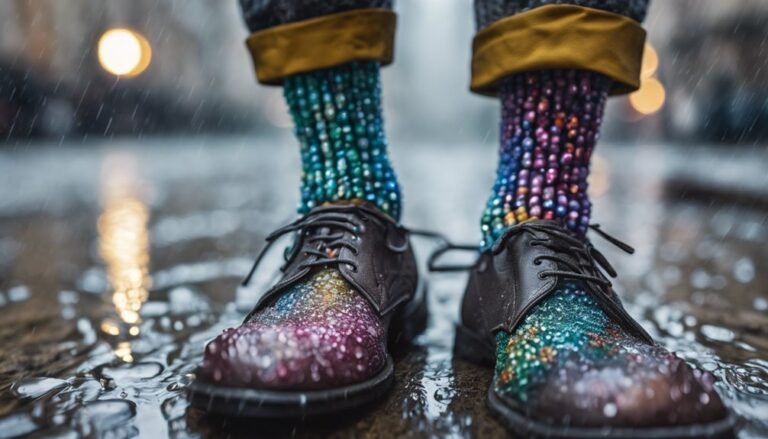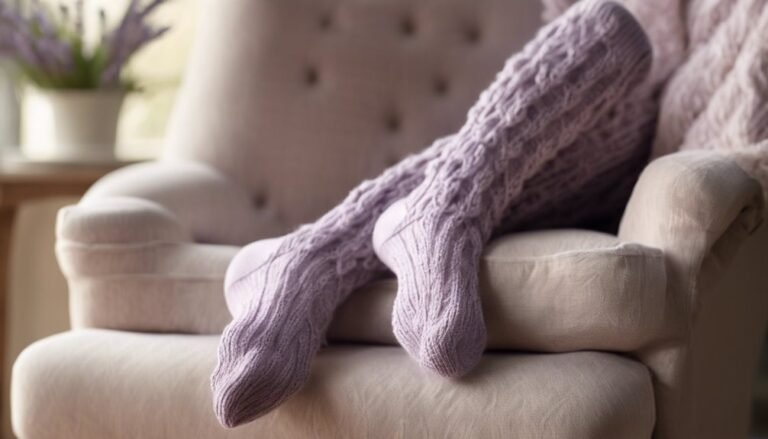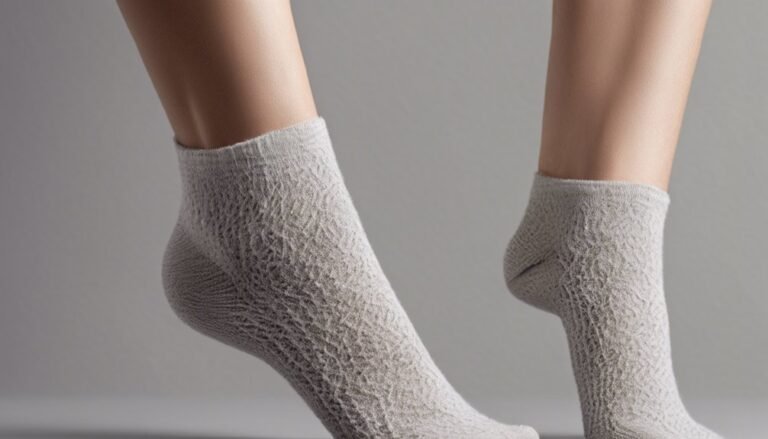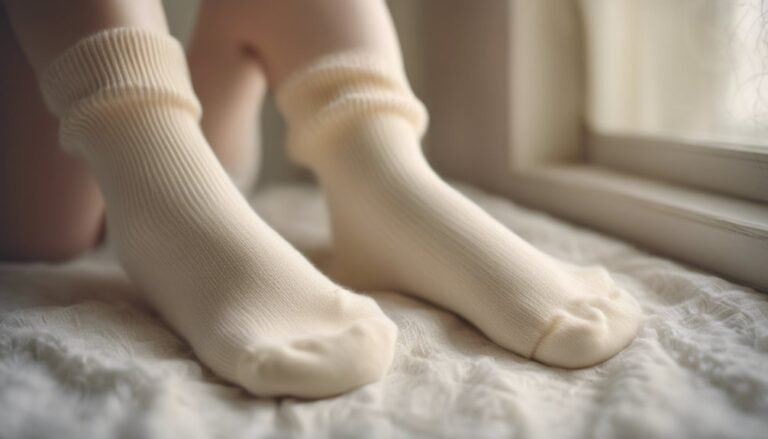How Different Materials Affect Temperature Regulation
Different materials play a critical role in temperature regulation by impacting conductivity, breathability, and thermal mass. High thermal conductivity materials transfer heat quickly, while low conductivity options minimize heat loss. Breathable fabrics wick moisture, enhancing comfort during physical activities. In building design, materials with high thermal mass stabilize indoor climates, reducing energy consumption. Combining natural…










